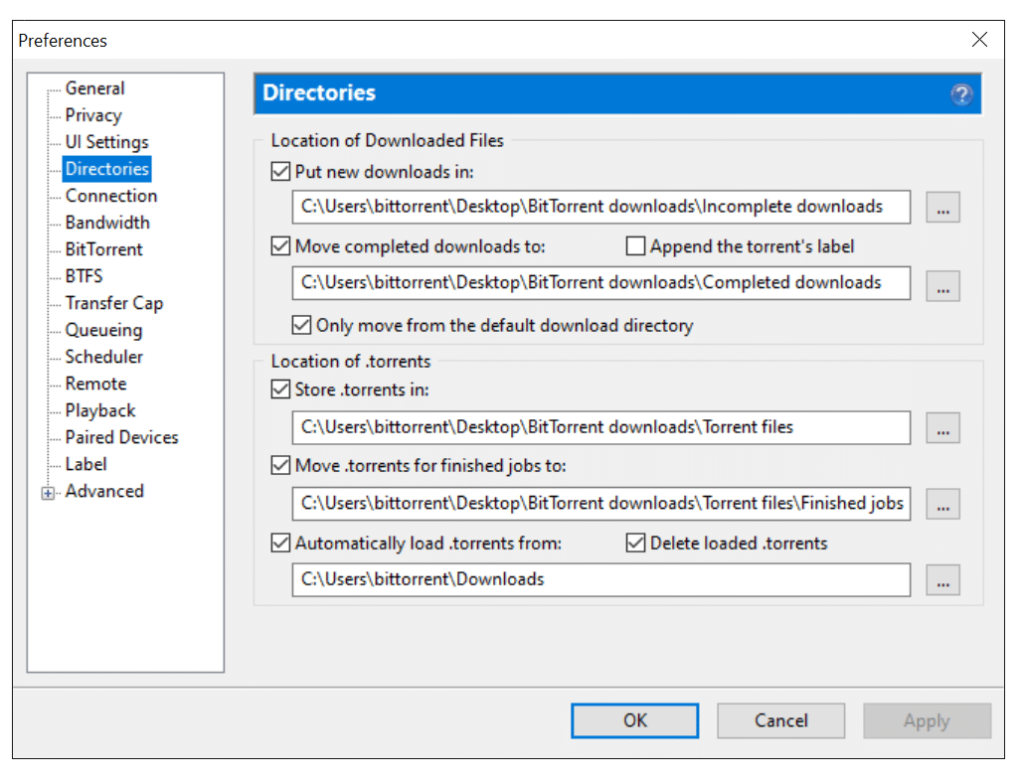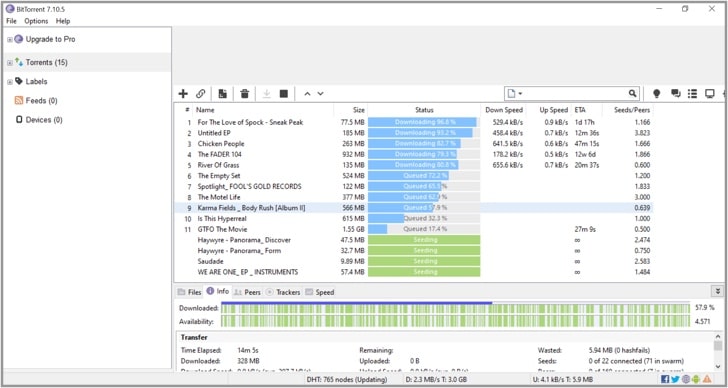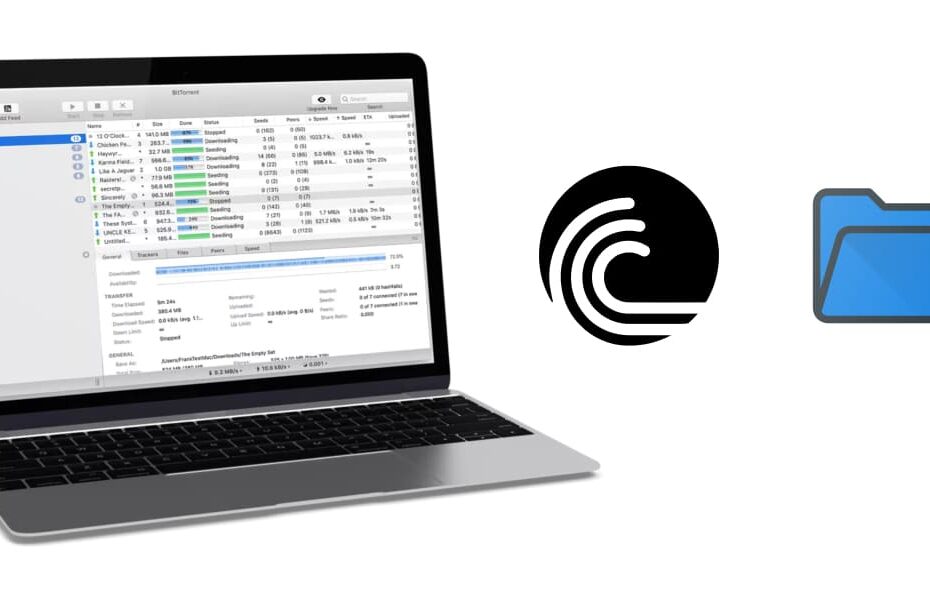A torrent file serves a distinctive role in our digital world. It acts as a conduit, providing specific instructions on how to download another file – be it a video, game, or software application. Leveraged by a torrent downloader such as BitTorrent or uTorrent, these files pave the way for efficient content downloading from various peers simultaneously. This accelerates the download process, making it an optimal choice for downloading large files.
The mechanics behind torrent files lie in the peer-to-peer (P2P) model of file sharing. Within this ecosystem, you can obtain required file parts from others, while similarly, others can source the file parts they need from you. This collaboration between peers is what makes torrenting stand out in the vast landscape of digital downloads.
However, it’s crucial to remember that the torrent file does not carry the user data exchanged within the P2P network. Instead, it holds essential information about the data, such as the file’s name and size, along with its location on the internet.
Torrent files have found a significant place in music and video downloads, present across numerous file-sharing networks. Their unique feature allows users to download the same file from multiple “seeds” to expedite the download process, an advantage compared to downloading the entire file from a single host.
How to open torrent files
You’ll need software like BitTorrent, created by Bram Cohen and now maintained by BitTorrent, Inc., to view or download a torrent file. You’ll get a Windows message like “How do you wish to open this file?” or “Windows cannot open this file” or a similar Mac/iPhone/Android alert if you don’t have the right software.
If you’re having trouble opening your torrent file, try right-clicking or long-pressing it. Then select a program from the “Open with” drop-down menu. A torrent file can also be viewed straight in the browser. Drag and drop the file into this browser window.
Step #1: Install a torrent client
Regardless of whether it runs Windows or Mac, your computer does not recognize torrent files by default. This is because they require specialized software known as a torrent client. So the first step is to download and install a torrent client on your computer.
Torrent openers are listed below:
- BitTorrent
- FinalTorrent
- Free Download Manager
- qBittorent
- uTorrent
- Vuze
- Deluge
- FrostWire
- Ares
Step #2: Configure your torrent client
You should spend some time setting the torrent client after downloading and installing it. Even though software like uTorrent provides a lot of flexibility, a few small modifications can make a big difference. So let’s look at how you may set up BitTorrent.

- Go to Options > Preferences after you’ve opened the app;
- You may have uTorrent start every time Window begins (or disable this option) in the General section;
- Now, on the sidebar, go to Directories and choose a location for your completely downloaded torrents;
- Next, select Connection from the drop-down menu. This is the point at which you should enable UPnP port mapping to ensure that you may download torrents as quickly as your internet connection allows;
- Finally, select Bandwidth from the drop-down menu. You may set the maximum upload and download speeds here. If you don’t have access to a broadband connection, it’s a good idea to set some limits so you can keep surfing the Internet.
Step #3: Download the torrent file

You can now handle torrent files and download data after ensuring that you’re running a torrent client. But, first, you must go to one of the many famous torrent websites and choose a torrent to download.
Your new torrent file may be saved on your desktop in some cases.
Alternatively, it will launch your torrent client and begin downloading it for you. In either case, double-click the torrent file to open it with the torrent client you just installed.
How to open downloaded torrent files?
Here’s how to handle various types of downloaded files:
Executable (EXE) Files
Windows applications need to be installed before usage. If you’ve downloaded a game or an application, double-click the ‘Setup.EXE’ file to initiate the installer. This action will launch the installation wizard, guiding you through the completion process.
ZIP Files & Archives
Often, you’ll end up with a ZIP file. These files compress a multitude of other files into a single package, which helps conserve space and results in a smaller output file than the original. A tool like WinZip is needed to extract these files.
Movie (Video) Files
When dealing with video files, you might come across obscure naming conventions like Xvid, x264, etc. Various tools are used to encode video streams into actual files. Movie files can come in multiple formats, such as MP4, MKV, MPC-HC, and more. Although your default media player might suffice, we strongly recommend using VLC Player. This versatile media player can play almost any type of video file and allows you to drag subtitle files into the application window to add subtitles.
ISO and BIN Files
ISO, BIN, and DAA file formats store disc images and virtual reproductions of physical discs, with the ISO format being the most prevalent. ISO images are often used to deploy operating systems like Linux.
What to keep in mind when handling torrent files?
- Make sure your operating system is current
- Antivirus software should be used
- Make use of a VPN connection
- When installing a torrent client, be cautious not to install any third-party software they may offer.
- Torrents should only be downloaded from trusted sources.
- Don’t download or share illicit content. Be cautious while opening downloaded files, particularly software files. Antivirus software should be used to check the files.
Conclusion
To use a client to download a torrent file. There are numerous alternatives for obtaining it as quickly as possible or providing you with many tools to assist in customizing your experience.
You should use a VPN and a torrent client when downloading a torrent file. Anyone, including your internet service provider, cannot see what file you’re downloading or where it came from if you use a virtual private network.




